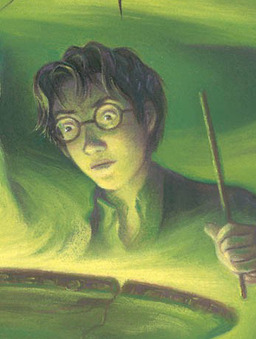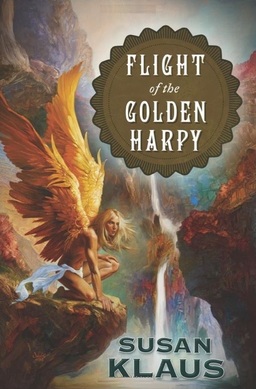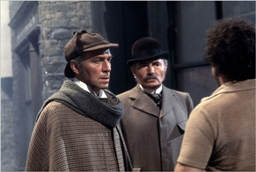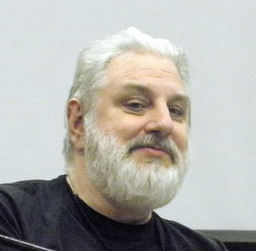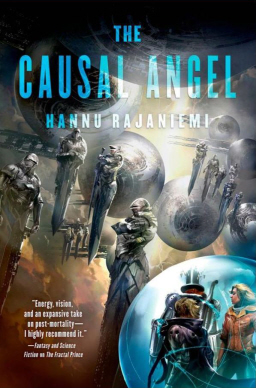New Editions Past
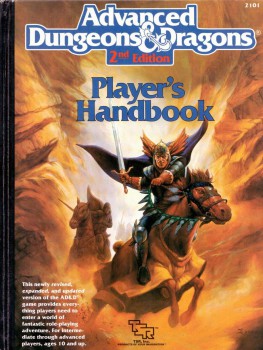 A new edition of Dungeons & Dragons has been released, as Andrew Zimmerman Jones discussed the other day.
A new edition of Dungeons & Dragons has been released, as Andrew Zimmerman Jones discussed the other day.
This is the third new edition released since Wizards of the Coast took over publication of the world’s first fantasy roleplaying game in 1997. If you’re the sort of roleplayer who spends any time online, visiting forums, blogs, and social media, you’ll know that this latest edition has already generated a lot of discussion, both pro and con, much of it enthusiastic and some of it, quite frankly, deranged. In that respect, it’s not much different than the last several new editions, whose advents were simultaneously hailed as the dawn of a new age of gaming and decried as the twilight of the gods.
I played the new edition a couple of times last year when it was being playtested and found it something I’d be willing to play again if someone else were refereeing it, which is the only standard by which any game (RPG or otherwise) should be judged. That said, I’m not planning on buying a copy for myself, since I’ve already got my own heavily housed-ruled and Holmesified version of Labyrinth Lord and need nothing more. That’s not a knock against WotC’s latest effort – or any roleplaying game – just a statement of fact. I’ve been at this RPG thing for thirty-five years now and, in that time, have pretty well determined what games I like to use at my table. It’s rare that I buy new RPGs anymore, let alone play them, which is why a scan of my shelves would reveal very few games first published after 1984, but then I’m a notoriously unimaginative stick in the mud, so that’s to be expected.
What truly fascinates me about the arrival of a new edition of Dungeons & Dragons is its seeming importance, for good or for ill, among its legions of fans. This is in stark contrast to my own early days in the hobby, when talk of “editions” was well nigh non-existent, never mind a subject of import. Granted, I entered the hobby in late 1979, several months after the release of the Advanced Dungeons & Dragons Dungeon Masters Guide, the third and final volume of Gary Gygax’s magnum opus. AD&D was, in many ways, the first “new edition” in that it was marketed as an “improvement” over its predecessor and, for that reason alone, worthy of purchase and use. I thus never witnessed any of the tumult that no doubt occurred in the lead up to its release. For me and my friends, AD&D was simply a fact of life.
…
